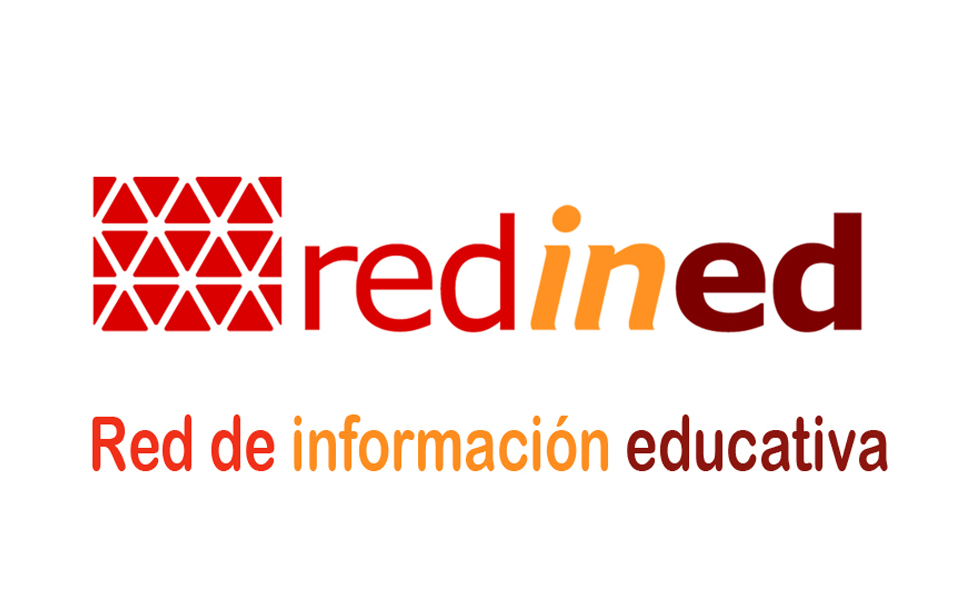Volcano
Nivel Educativo:
Tipo Documental:
Guía o manualEstadísticas:
Ver Estadísticas de usoMetadatos:
Mostrar el registro completo del ítemAutor:
Fecha:
2002Resumen:
Para aprender cómo y por qué se forman los volcanes y la manera en que contribuyen a la creación de nuevas rocas y tierra y la manera en que han afectado a la vida humana a través de milenios. Muestra dónde y por qué ocurren, la forma en que se pueden predecir y cómo afectan a la vida vegetal y animal. Qué le pasó a Pompeya y Herculano cuando el Vesubio entró en erupción, qué pasó cuando lo hizo el Krakatoa en Indonesia, así como qué hacer en un terremoto, cómo se forman los géiseres y lo que causa un maremoto.Tiene glosario y cronograma. Indicado a partir de nueve años.
Para aprender cómo y por qué se forman los volcanes y la manera en que contribuyen a la creación de nuevas rocas y tierra y la manera en que han afectado a la vida humana a través de milenios. Muestra dónde y por qué ocurren, la forma en que se pueden predecir y cómo afectan a la vida vegetal y animal. Qué le pasó a Pompeya y Herculano cuando el Vesubio entró en erupción, qué pasó cuando lo hizo el Krakatoa en Indonesia, así como qué hacer en un terremoto, cómo se forman los géiseres y lo que causa un maremoto.Tiene glosario y cronograma. Indicado a partir de nueve años.
Leer menos



